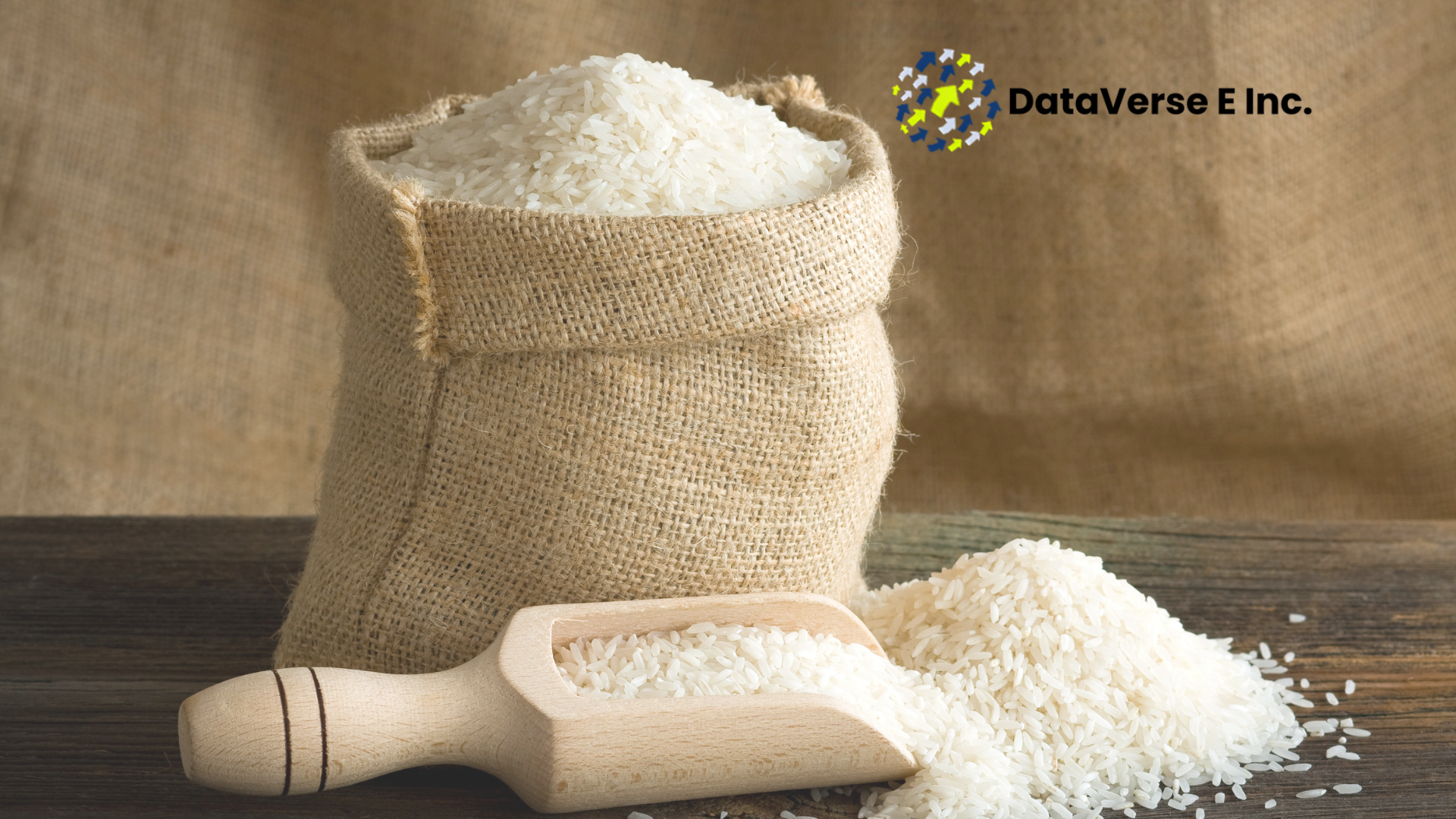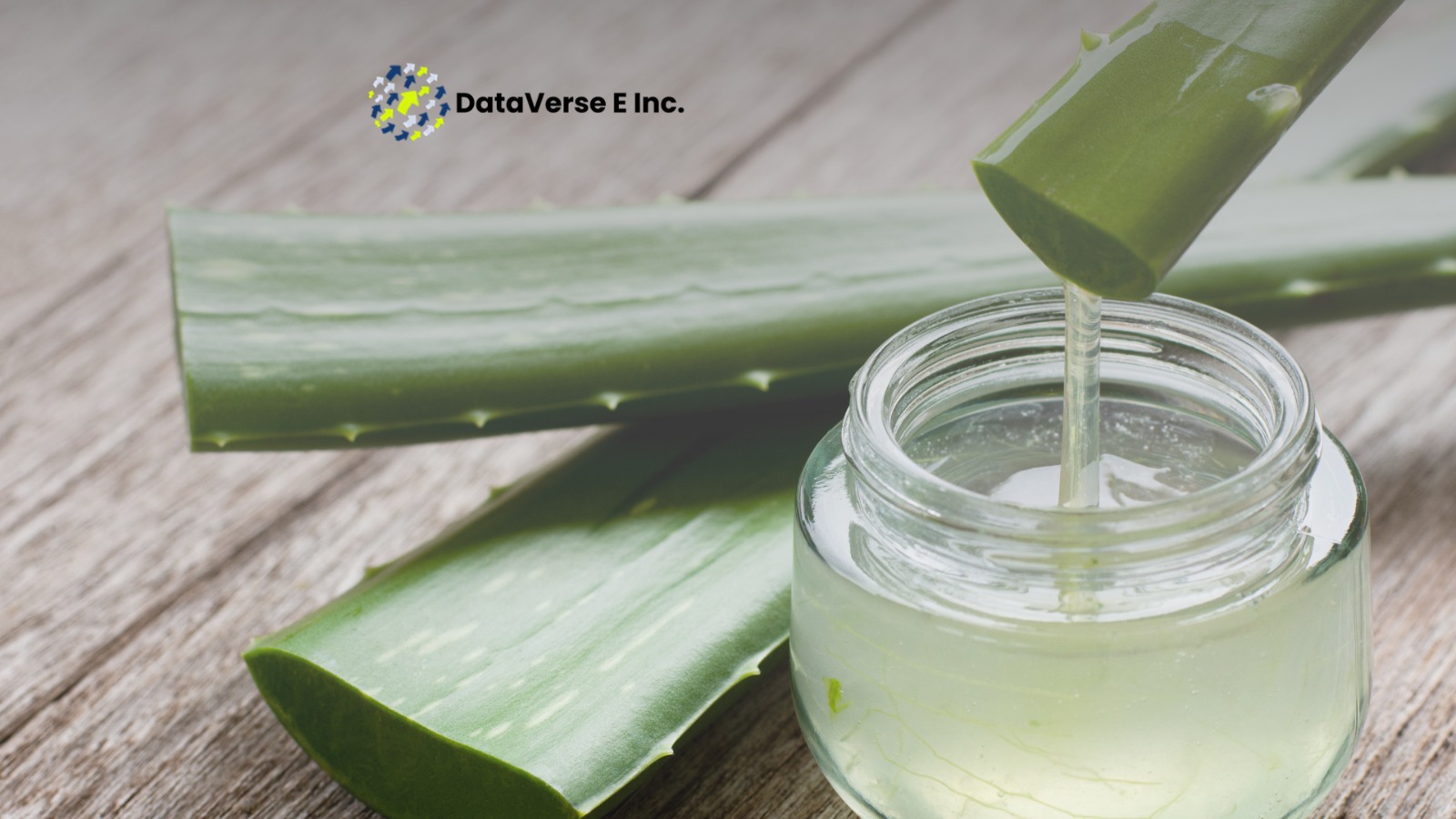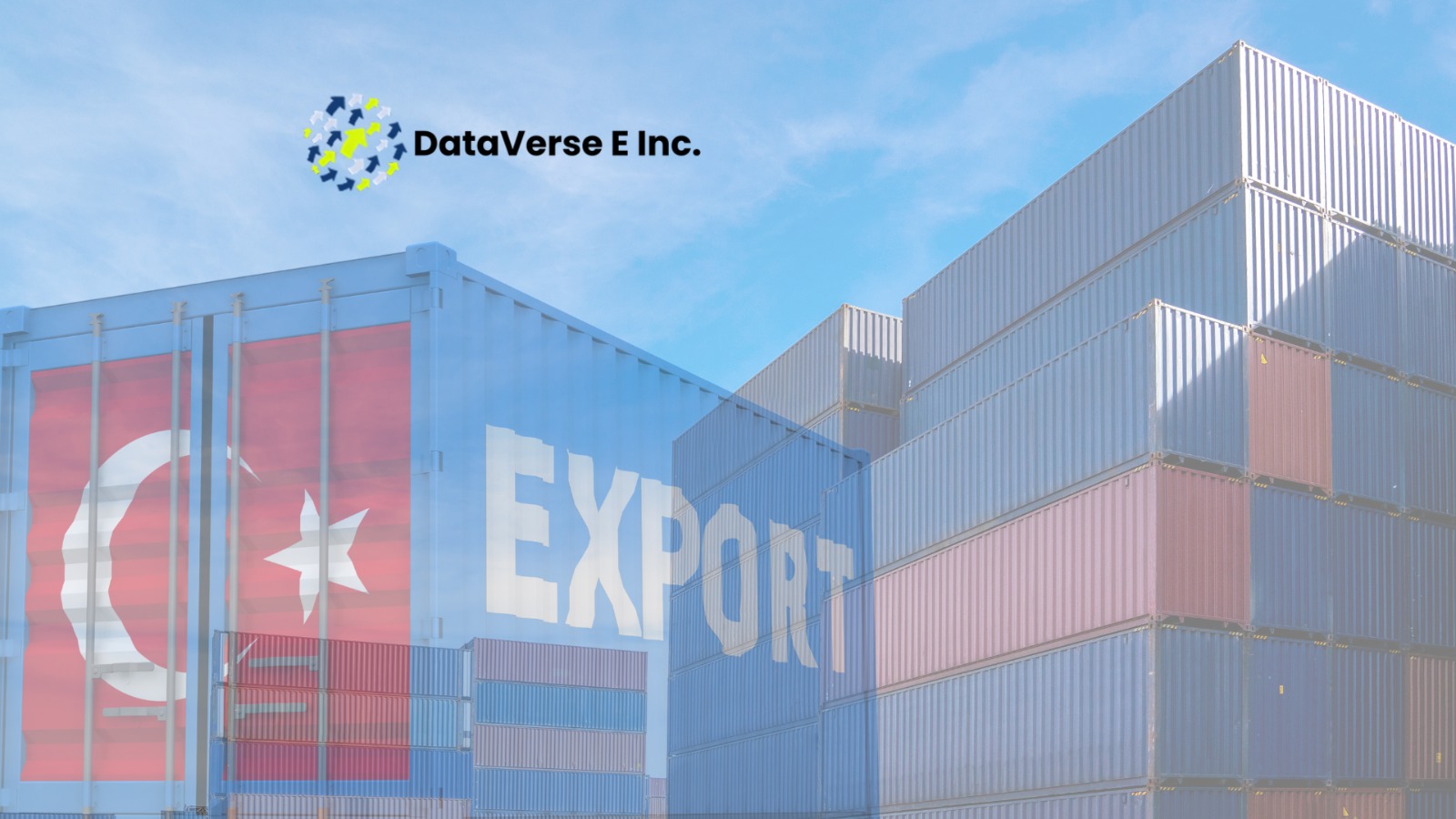The global chemical industry is one of the largest and most dynamic sectors in international trade. With thousands of products moving across borders daily, businesses rely heavily on accurate Chemicals Import-Export Data, buyer-supplier databases, and shipment intelligence to make informed trade decisions. A global import export data provider plays a crucial role by offering verified import export data, trend analysis, market forecasts, and competitor insights. From Organic & Inorganic Chemicals to specialty chemical segments, updated import export trade data supports exporters, importers, and manufacturers in identifying new markets, understanding price fluctuations, and analyzing global demand patterns.
Overview of Global Chemicals Import-Export Data
The chemical sector remained a strong pillar of international trade in 2024–25, with consistent movement in organic chemicals, inorganic chemicals, petrochemicals, dyes, fertilizers, and specialty chemicals. A global import export data provider enables businesses to track real-time Chemicals Import-Export Data, pricing trends, and major shipments. Relying on authentic import export trade data, industries identify promising markets, forecast chemical demand, and evaluate competitors. Updated Organic & Inorganic Chemicals Import-Export Data further helps companies stay aligned with global standards, regulations, and market strategies.
Total Chemicals Export
The global chemical export market continued its steady expansion in FY 2024–25. Worldwide chemical exports crossed USD 2.4 trillion, driven by the rising need for organic chemicals, pharmaceutical intermediates, polymers, dyes, pigments, fertilizers, and industrial gases. India alone exported chemicals worth over USD 30+ billion, supported by strong demand from the US, China, Brazil, Netherlands, UAE, and African markets. Growth was primarily boosted by specialty chemicals, which showed double-digit export expansion throughout the financial year.
Key drivers behind this growth include:
- Increasing demand for raw materials in manufacturing and agriculture
- Rising global dependence on Asian chemical producers
- Growth in construction, automotive, packaging, pharmaceuticals, and textile industries
- Improved supply chain efficiency and digital trade systems
Accurate import export data helps businesses understand these shifts and capitalize on emerging opportunities.
Top Chemical Products Exported Globally
Chemical exports consist of a wide variety of product categories. Based on Chemicals Import-Export Data, the most exported segments in 2024–25 include:
1. Organic Chemicals
Methanol, ethanol, acetic acid, formaldehyde, benzene, toluene, xylene, and pharmaceutical intermediates dominate global organic chemical shipments.
2. Inorganic Chemicals
Caustic soda, carbonates, sulfates, nitrates, phosphates, fluorides, and hydrogen peroxide remain highly demanded worldwide.
3. Petrochemicals & Polymers
Ethylene, propylene, polymers, PVC resin, polyethylene, polypropylene, and styrene monomers are among the highest traded petrochemical products.
4. Fertilizers & Industrial Chemicals
Urea, DAP, MAP, industrial gases, chlorine, and sulfuric acid constitute a major portion of the inorganic segment.
5. Dyes, Pigments & Specialty Chemicals
Dyes, pigments, agrochemicals, coating materials, surfactants, and water-treatment chemicals continue to show strong global demand.
Exporters analyze such product-wise import export trade data to develop focused strategies and boost global market presence.
Top 5 Chemical Exporting Countries
Based on global Chemicals Import-Export Data, the leading chemical-export nations for 2023–24 are:
- China – World leader in organic, inorganic, specialty chemicals, and APIs.
- Germany – Dominates Europe’s chemical production with high-value industrial chemicals.
- United States – Strong exporter of petrochemicals, polymers, and specialty chemicals.
- South Korea – Major supplier of petrochemicals and advanced chemical materials.
- India – Rising exporter of dyes, pigments, specialty chemicals, and pharmaceutical intermediates.
These countries control more than 50% of the global chemical export market.
Top 5 Chemical Importing Countries
- United States – Largest global importer due to huge industrial and pharmaceutical demand.
- Germany – Imports raw chemicals for its advanced manufacturing industries.
- China – Imports specialty chemicals and intermediates not produced domestically.
- Japan – High demand for electronic-grade chemicals and advanced materials.
- Netherlands – Major import hub for European distribution.
Understanding these markets through a reliable global import export data provider helps companies identify high-potential buyer regions.
Top Global Buyers & Suppliers Based on Trade Data
Shipment records from trusted import export data providers show that the following entities are among the major global buyers and suppliers in chemicals:
Top Buyers
- Large pharmaceutical companies sourcing intermediates
- Agrochemical producers acquiring raw materials
- Textile & dyeing industries buying pigments and dyestuffs
- Plastic manufacturers importing polymers and resins
- Water-treatment companies acquiring chemical agents
Top Suppliers
- Chemical manufacturing firms from China, India, US, Germany & Korea
- Producers specializing in organic & inorganic chemicals
- Petrochemical refineries
- Specialty chemical manufacturers
By using Organic & Inorganic Chemicals Import-Export Data, businesses can verify buyers, check shipment history, analyze demand, and identify reliable global partners.
Top Chemical Export/Import Companies in India
India has emerged as a major supplier in the global chemical value chain. Based on industry-verified data, the top performing exporters/importers include:
Major Chemical Exporters in India
- UPL Ltd.
- Aarti Industries
- SRF Ltd.
- Atul Ltd.
- Gujarat Alkalies & Chemicals Ltd.
- Bodal Chemicals
- Navin Fluorine
- Deepak Nitrite
Major Chemical Importers in India
- Reliance Industries (for petrochemical feedstock)
- Indian Oil Corporation
- Tata Chemicals
- Gujarat State Fertilizers & Chemicals
- Various pharmaceutical API manufacturers
These companies rely heavily on accurate Chemicals Import-Export Data to plan procurement and export strategies.
HSN Codes for Major Chemical Categories
Some commonly searched HSN codes in the chemical industry include:
- HSN 28 – Inorganic chemicals
- HSN 29 – Organic chemicals
- HSN 32 – Tanning, dyes, pigments, inks
- HSN 38 – Misc. chemical products
- HSN 39 – Plastics & polymers
- HSN 31 – Fertilizers
Businesses often use HSN-wise import export data to check duty structures, compliance rules, and market-specific demand.
Global Trade Issues in the Chemical Sector
The chemicals sector faces several challenges despite high demand:
- Supply chain disruptions affecting raw material availability
- Strict environmental & safety regulations across countries
- Price fluctuations in crude oil affecting petrochemicals
- Logistic delays and rising freight costs
- Geopolitical tensions impacting shipment routes
- Non-tariff barriers and quality-compliance restrictions
A reliable global import export data provider helps companies navigate these issues with real-time market intelligence.
Latest News & Trends in Global Chemical Trade
- Growing demand for green and sustainable chemicals
- Increased export of specialty and high-value chemicals from India
- Strong global shift towards bio-based chemicals
- Rising investments in AI-driven chemical R&D
- Expansion of chemical manufacturing facilities in Middle East & Asia
- New global policies supporting environmentally safe chemical production
Staying updated through import export data providers ensures businesses remain competitive.
Final Thoughts
Chemicals remain a crucial part of global trade, with strong growth expected in the coming years. Access to accurate Chemicals Import-Export Data, market insights, shipment records, and buyer-supplier lists enables exporters, manufacturers, and importers to make informed business decisions. With support from a trusted global import export data provider, companies can expand globally, overcome trade challenges, and capitalize on high-growth markets worldwide.










